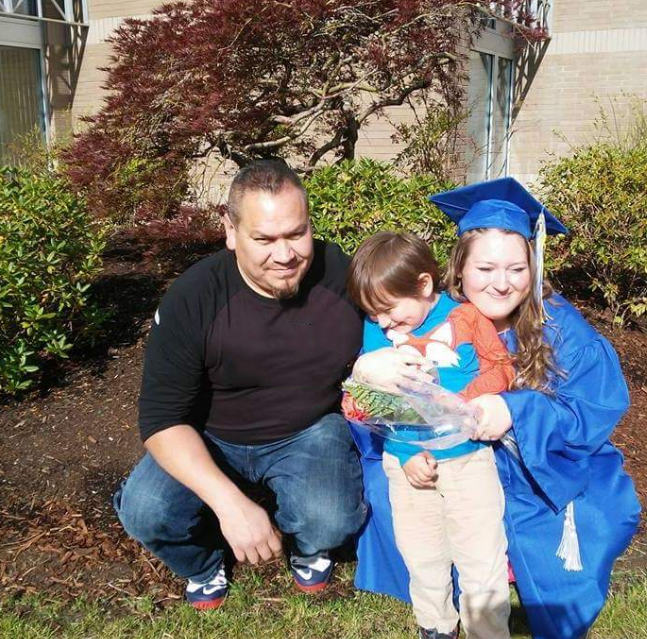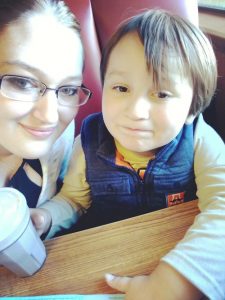Solving early childhood behavior mysteries
 As a new mother, Victoria Romera had heard of autism, but she didn’t know much about about it. When her little boy Luis reached 13 months, she began to notice things she felt were “just a bit odd.” She took Luis to his regular check ups and asked about his behaviors, but was assured he would “grow out of it.”
As a new mother, Victoria Romera had heard of autism, but she didn’t know much about about it. When her little boy Luis reached 13 months, she began to notice things she felt were “just a bit odd.” She took Luis to his regular check ups and asked about his behaviors, but was assured he would “grow out of it.”
Although Luis had learned some simple words, at 16 months his learned language vanished. Another specialist surmised the bi-lingual Romero household might simply be presenting more of a challenge than a single language household, and he would speak later.
Following autism clues
Victoria received a referral to the local In-Tot Program, where a speech therapist noticed some things about Luis’ behaviors that were interesting. Luis showed a high need for order in the therapy sessions. It was very important for Luis to “line-up” objects on his work service. “He was kind of OCD with certain things,” Victoria recalls.
After filling out the M-CHAT (a highly-respected free developmental screening tool for toddlers age 16-30 months) Victoria found Luis scored an 11, which put him in the high-risk range – indicating a need for a more thorough evaluation. The Romeros were referred to the local Autism Coalition’s SMART (School Medical Autism Review Team) program. Within a month Luis was diagnosed with autism. He had just turned two.
“We felt lucky we didn’t have to drive all the way to Tacoma for these appointments, or wait several months to see a specialist,” Victoria said. “We have all the resources our family needed for an early diagnosis locally. Once we had the diagnosis, I was able to understand how to become a part of Luis’ own world. I’ve learned different techniques and he’s opened up so much – he’s very affectionate with me and is doing well in speech therapy and occupational therapy. He goes to developmental preschool now.”

Benefiting from early autism diagnosis
Victoria was made aware of other elements of Lewis County Autism Coalition resources from information in the SMART packet. She learned about the monthly meetings and annual conference, and eventually became the coordinator for The Link, the Autism Resource Center located at Centralia College. Now she and her husband Manuel, and Luis’ brother Noah have a much greater understanding of Luis’ needs. Still, things are not always easy.
“We went to the lighted tractor parade, and Lewis seemed very happy to be there. Nonetheless, he would cry once in a while, and he was laughing kind of loudly too. He was shaking his head back and forth – this is a sensory behavior. People don’t understand these things – sometimes they are even fearful. They might say things like, “He needs to go home.” But Luis doesn’t actually need to go home. He loves the activity – he just doesn’t like standing in line. I try to educate people and explain these things to them as needed. I even made ‘My Child Has Autism’ cards to hand out in public.”
Striving for understanding autism in the community at large
Luis is making steady progress with his verbal skills. He says “bye,” “momma” and counts to 10, Victoria said. “He even writes his name without help.” Luis’ father Manuel Romero would like people to know Luis is very happy. “A lot of people think autistic people are not social. Luis loves being around people, he’s always smiling and loves hugs.” Victoria echos her husband’s observation with one of her own: “Early diagnosis makes all the difference in the world, we can move forward.”
The Romeros’ dream for the future is a big leap in understanding in the general population of autism as a common spectrum disorder impacting both children and adults. “Parents and educators and therapists understand,” says Victoria, “but bus drivers, neighbors and potential employers might not. It will make a huge difference for Luis when they do.”